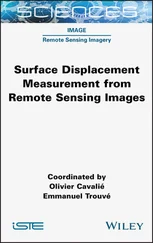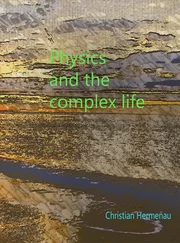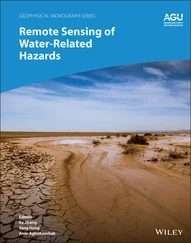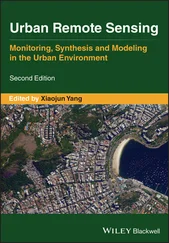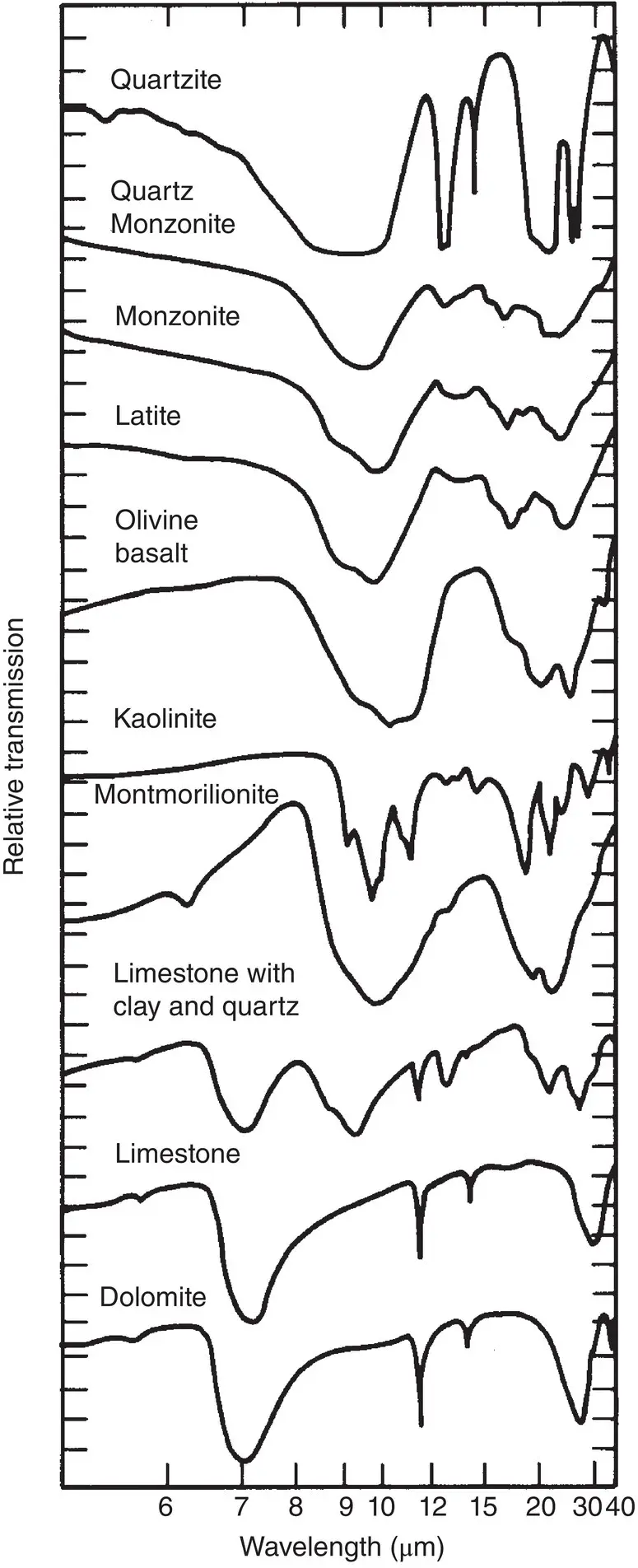
Figure 2.16 Transmission spectra of common silicates.
Source : Hunt and Salisbury (1974). © 1974, Air Force Cambridge Research Laboratories.
In summary, a remote sensing system can be visualized ( Fig. 2.17) as a source of electromagnetic wave (e.g., the sun, a radio source) which illuminates the object being studied. The incident wave interacts with the object and the scattered wave is modulated by a number of interaction processes which contain the “fingerprints” of the object. In some cases the object itself is the source and the radiated wave contains information about its properties. A part of the scattered or radiated wave is then collected by a collector, focused on a detector, and its properties measured. An inverse process is then used to infer the properties of the object from the measured properties of the received wave.
Table 2.2 Wave‐matter interaction mechanisms across the electromagnetic spectrum.
| Spectral region |
Main interaction mechanisms |
Examples of remote sensing applications |
| Gamma‐rays, x‐rays |
Atomic processes |
Mapping of radioactive materials |
| Ultraviolet |
Electronic processes |
Presence of H and He in atmospheres |
| Visible and near infrared |
Electronic and vibration molecular processes |
Surface chemical composition, vegetation cover, and biological properties |
| Mid‐infrared |
Vibrational, vibrational‐rotational molecular processes |
Surface chemical composition, atmospheric chemical composition |
| Thermal infrared |
Thermal emission, vibrational and rotational processes |
Surface heat capacity, surface temperature, atmospheric temperature, atmospheric and surface constituents |
| Microwave |
Rotational processes, thermal emission, scattering, conduction |
Atmospheric constituents, surface temperature, surface physical properties, atmospheric precipitation |
| Radio frequency |
Scattering, conduction, ionospheric effect |
Surface physical properties, subsurface sounding, ionospheric sounding |
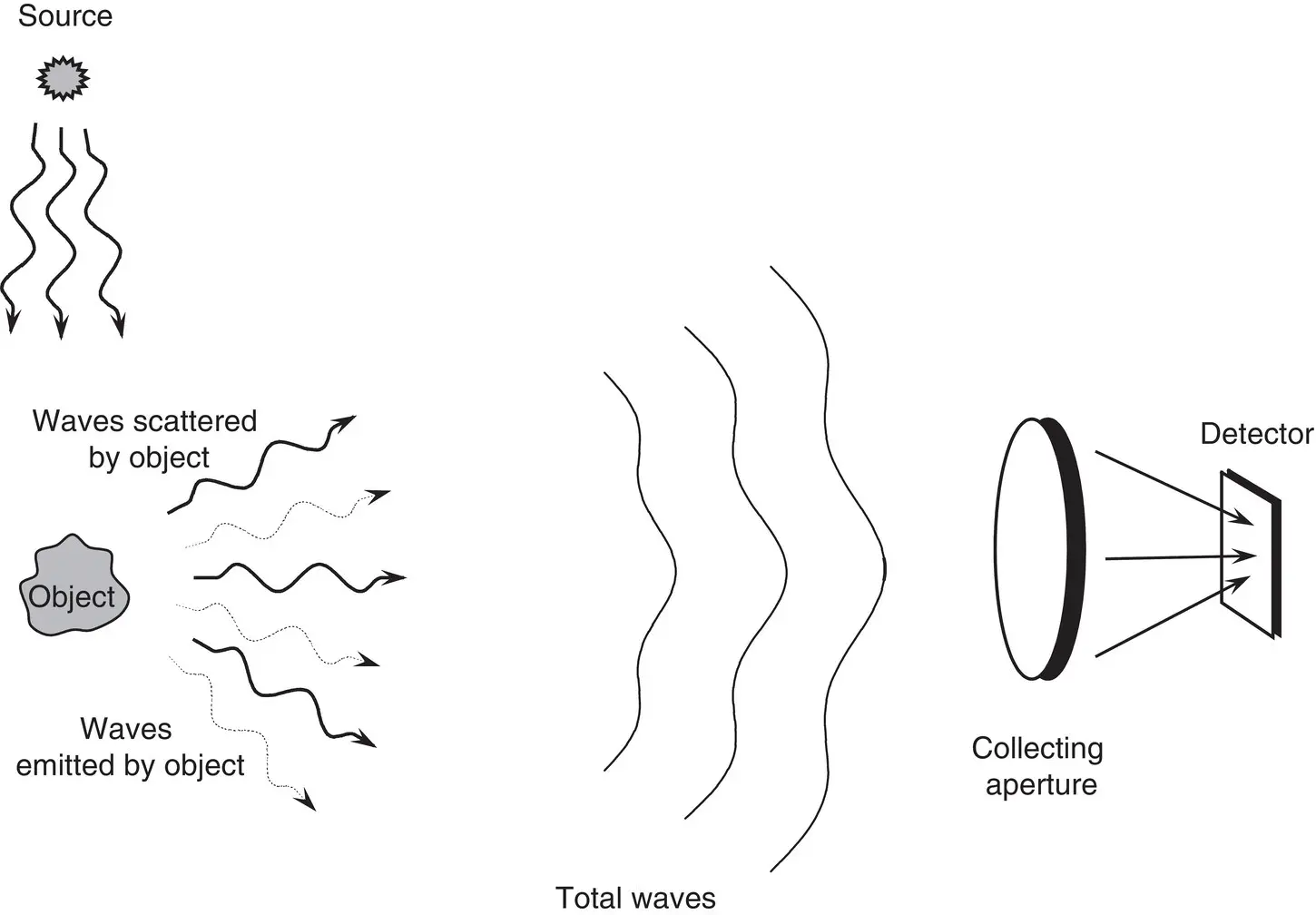
Figure 2.17 Sketch of key elements of a remote sensing system.
1 2.1 In order to better visualize the relative scale of the waves' wavelength in different regions of the spectrum, assume that the blue wavelength (λ = 0.4 μm) is expanded to the size of a key hole (1 cm). What would be the wavelength size of other spectra regions in terms of familiar objects?
2 2.2 The sun radiant flux density at the top of the earth's atmosphere is 1.37 kilowatts/m2. What is the flux density at Venus (0.7 AU), Mars (1.5 AU), Jupiter (5.2 AU), and Saturn (9.5 AU)? Express these values in kilowatts/m2 and in photons/m2 sec. Assume λ = 0.4 μm for the sun illumination. (Note that AU = astronomical unit = Earth/sun distance.)
3 2.3 Assuming that the sun emittance spectrum follows exactly Planck's formula:with T = 6000 K. Calculate the percent of solar energy in the following spectral regions:In the UV (λ < 0.4 μm)In the visible (0.4 μm < λ < 0.7 μm)In the infrared (0.7 μm < λ < 10 μm)In the thermal infrared and submillimeter (10 μm < λ < 3 mm)In the microwave (λ > 3 mm)
4 2.4 The amplitudes of two coexistent electromagnetic waves are given byDescribe the temporal behavior of the total electric field E = E1 + E2 for the following cases:Repeat the exercise for A = 2B.
5 2.5 The amplitudes of two coexistent electromagnetic waves are given bywhere c is the speed of light in a vacuum. Let ω′ = ω + Δω and Δω ≪ ω. Describe the behavior of the power of the composite wave as a function of P1 and P2 of each individual wave.
6 2.6 A plasma is an example of a dispersive medium. The wavenumber for a plasma is given bywhere c = speed of light and ωp= plasma angular frequency.Calculate and plot the phase and group velocity of a wave in the plasma as a function of frequency.Based on the results of (a), why is a plasma called a dispersive medium?
7 2.7 A radar sensor is carried on an orbiting satellite which is moving at a speed of 7 km/sec parallel to the earth’s surface. The radar beam has a total beam width of θ = 4° and the operating frequency is ν = 1.25 GHz. What is the center frequency and the frequency spread of the echo due to the Doppler shift across the beam for the following cases:a nadir‐looking beama 45° forward‐looking beama 45° back‐looking beam
8 2.8 Repeat Problem 2.7 for the case where the satellite is moving at a velocity of 7 km/sec but at a 5° angle above the horizontal.
9 2.9 Plot and compare the spectral emittance of black bodies with surface temperatures of 6000 K (Sun), 600 K (Venus), 300 K (Earth), 200 K (Mars), and 120 K (Titan). In particular, determine the wavelength for maximum emission for each body.
10 2.10 A small object is emitting Q watts isotropically in space. A collector of area A is located a distance d from the object. How much of the emitted power is being intercepted by the collector? Assuming that Q = 1 kW and d = 1000 km, what size of collector is needed to collect 1 milliwatt and 1 microwatt?
11 2.11 Two coexistent waves are characterized byDescribe the behavior of the total wave E = E1 + E2 for the cases where α = 0, α = π/2, α = π and α a random value with equal probability of occurrence between 0 and 2π.
References and Further Reading
1 Goetz, A., and L. Rowan. Geologic remote sensing. Science, 211, 781–791, 1981.
2 Hunt, R., and W. Salisbury. Mid infrared spectral behavior of igneous rocks. U.S. Air Force Cambridge Research Laboratories Report AFCRL‐TR‐74‐0625, 1974.
3 Papas, C. H. Theory of Electromagnetic Wave Propagation. McGraw‐Hill, New York, 1965.
4 Reeves, R. G. (Ed.). Manual of Remote Sensing, Chapters 3, 4, and 5. American Society of Photogrammetry, Falls Church, VA, 1975.
5 Sabins, F. Remote Sensing: Principles and Interpretation. Freeman, San Francisco, 1978.
Конец ознакомительного фрагмента.
Текст предоставлен ООО «ЛитРес».
Прочитайте эту книгу целиком, купив полную легальную версию на ЛитРес.
Безопасно оплатить книгу можно банковской картой Visa, MasterCard, Maestro, со счета мобильного телефона, с платежного терминала, в салоне МТС или Связной, через PayPal, WebMoney, Яндекс.Деньги, QIWI Кошелек, бонусными картами или другим удобным Вам способом.



